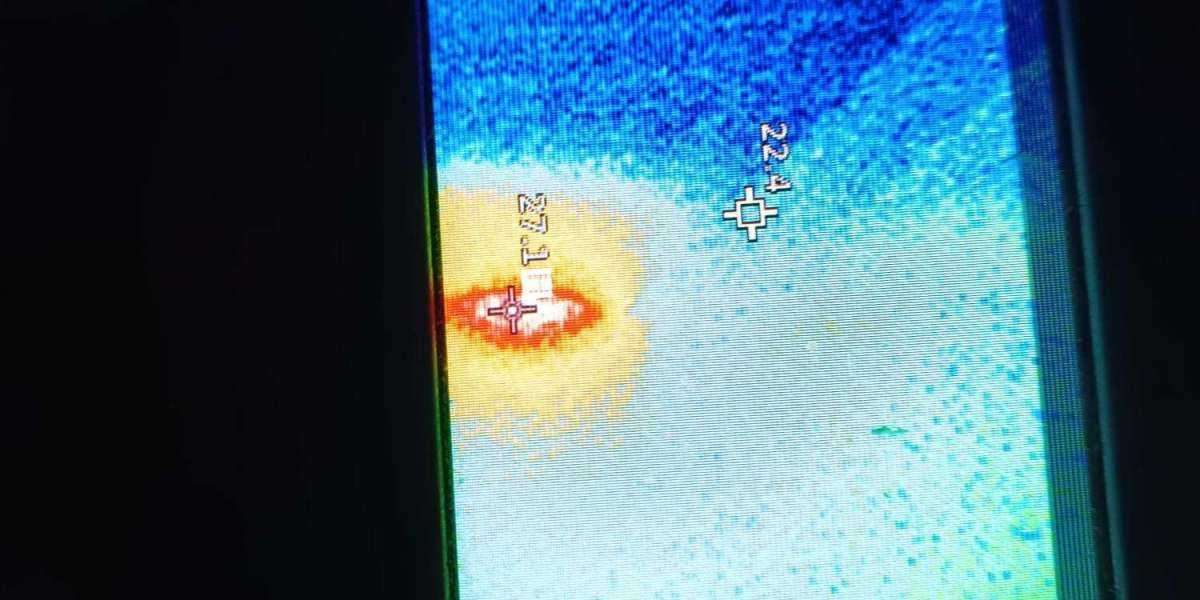Embarking on an Umrah pilgrimage is a deeply spiritual journey for millions of Muslims worldwide. While the primary focus is on performing the sacred rituals of Umrah in Makkah, the trip also offers a unique opportunity to explore the rich Islamic history and culture surrounding the holy cities. Visiting key religious and historical sites can deepen your connection to the faith and bring the seerah (biography) of the Prophet Muhammad (PBUH) to life. Here are the top 10 places to visit during your Umrah pilgrimage:
1. Masjid al-Haram (The Sacred Mosque), Makkah
The most important destination in any Umrah journey is Masjid al-Haram, the largest mosque in the world and home to the Kaaba. Pilgrims perform Tawaf (circumambulation) around the Kaaba, and this act forms the heart of the Umrah ritual. The spiritual energy and unity felt here are indescribable. The mosque complex also includes significant areas like the Maqam Ibrahim and the Zamzam well. Many Umrah packages are designed to ensure pilgrims have ample time to experience these sacred sites with ease and devotion.
2. Mount Safa and Mount Marwah
Located within the premises of Masjid al-Haram, Safa and Marwah are two small hills between which Hajar, the wife of Prophet Ibrahim (AS), ran in search of water for her infant son Ismail (AS). The ritual of Sa’i — walking seven times between these hills — is a key part of the Umrah rites. It's a deeply moving reminder of a mother's faith and perseverance.
3. Jabal al-Noor (The Mountain of Light)
Jabal al-Noor is the site of the Cave of Hira, where the first revelation of the Qur’an was sent to Prophet Muhammad (PBUH) through the angel Jibreel. Although climbing the mountain requires effort, the spiritual reward of standing in the same cave where Islam began is immeasurable for many pilgrims.
4. Masjid Quba, Madinah
The Quba Mosque holds the honor of being the first mosque ever built in Islam, established by the Prophet Muhammad (PBUH) upon his arrival in Madinah. Performing two rak’ahs of prayer here is said to carry the reward of an Umrah. Its serene environment and historical significance make it a must-visit location during your trip to Madinah.
5. Masjid an-Nabawi (The Prophet’s Mosque), Madinah
Second in sanctity only to Masjid al-Haram, Masjid an-Nabawi is the final resting place of Prophet Muhammad (PBUH). Visiting this mosque is not part of the Umrah rituals but is highly recommended. The Rawdah, an area between the Prophet’s tomb and his pulpit, is considered one of the gardens of Paradise. Offering prayers in the Rawdah is a treasured experience.
6. Jannat al-Baqi
Located next to Masjid an-Nabawi, Jannat al-Baqi is the historic cemetery where many of the Prophet’s family members, companions, and prominent figures in early Islamic history are buried. Though entry may be limited for visitors, viewing and offering duas from outside the gates is a common and respectful practice.
7. Mount Uhud
Mount Uhud is the site of the famous Battle of Uhud, fought between the early Muslims and the Quraysh of Makkah. Many companions, including the Prophet’s beloved uncle Hamza ibn Abdul-Muttalib, were martyred here. Visiting the site serves as a powerful reminder of the sacrifices made by the early Muslims.
8. Cave of Thawr
Another important cave in Islamic history, the Cave of Thawr is located in a mountain south of Makkah. It was here that Prophet Muhammad (PBUH) and Abu Bakr (RA) sought refuge during their migration (Hijrah) to Madinah. The story of how a spider spun a web and a pigeon laid eggs at the entrance of the cave to protect them is a well-known miracle and symbol of divine protection.
9. Masjid al-Qiblatain (Mosque of the Two Qiblahs)
Located in Madinah, this mosque is historically significant as the place where the Qiblah (direction of prayer) was changed from Jerusalem to the Kaaba in Makkah. Visiting Masjid al-Qiblatain allows pilgrims to reflect on the evolution and guidance of Islamic practices during the Prophet’s time.
10. The Birthplace of the Prophet (Mawlid House)
Although not officially marked or promoted, many pilgrims visit the area traditionally believed to be the birthplace of the Prophet Muhammad (PBUH), located near Masjid al-Haram. While the original structure has been altered over time, the site is of great sentimental value to many visitors.
Conclusion
While the performance of Umrah is the central purpose of the pilgrimage, visiting these significant sites adds depth to the journey. Each location offers a unique insight into the life of the Prophet Muhammad (PBUH), the sacrifices of his companions, and the origins of Islam. These visits provide not just historical context, but also spiritual nourishment, making your pilgrimage more meaningful.
As with all religious journeys, it's important to approach each site with respect, humility, and a focus on spiritual growth. May your Umrah be accepted, and may your heart be filled with the blessings of this sacred journey.







